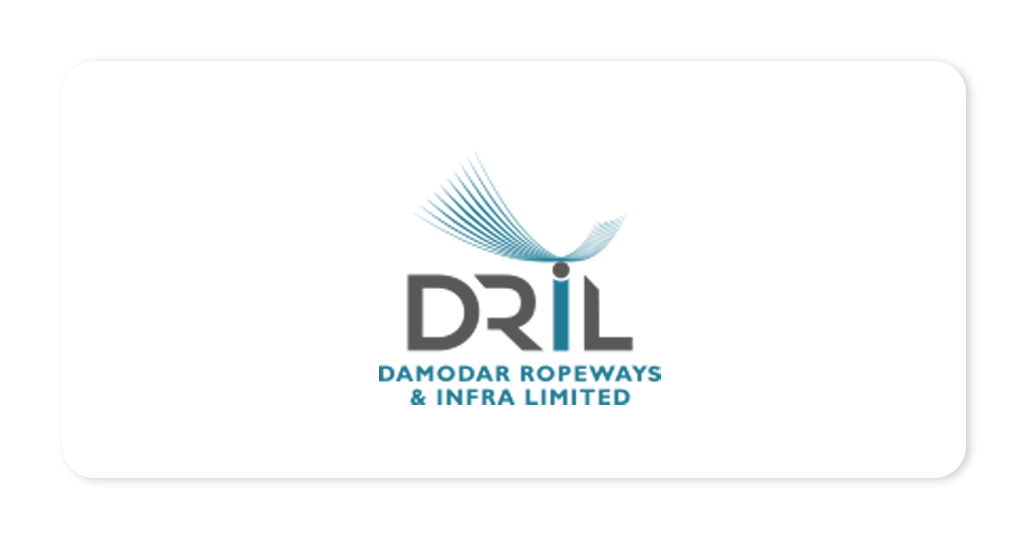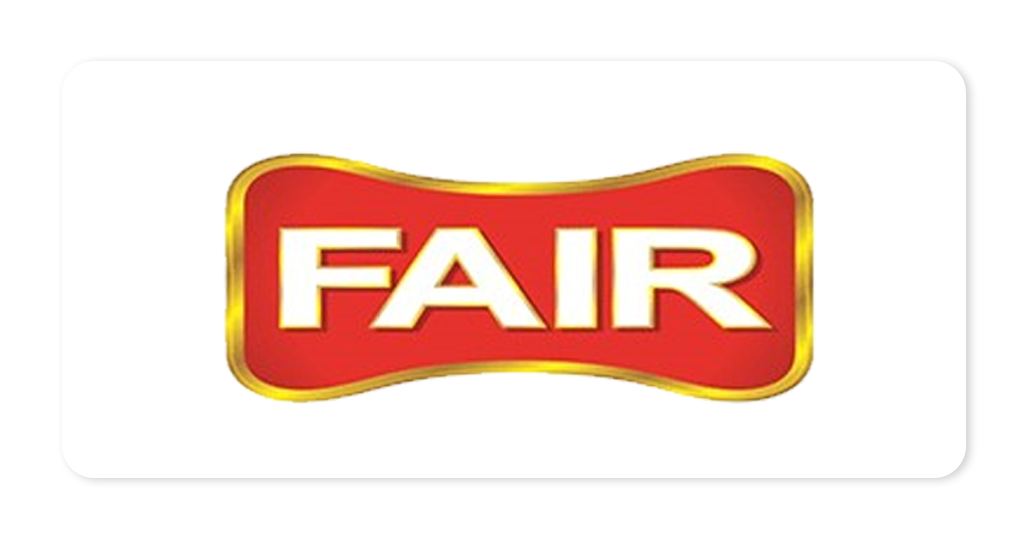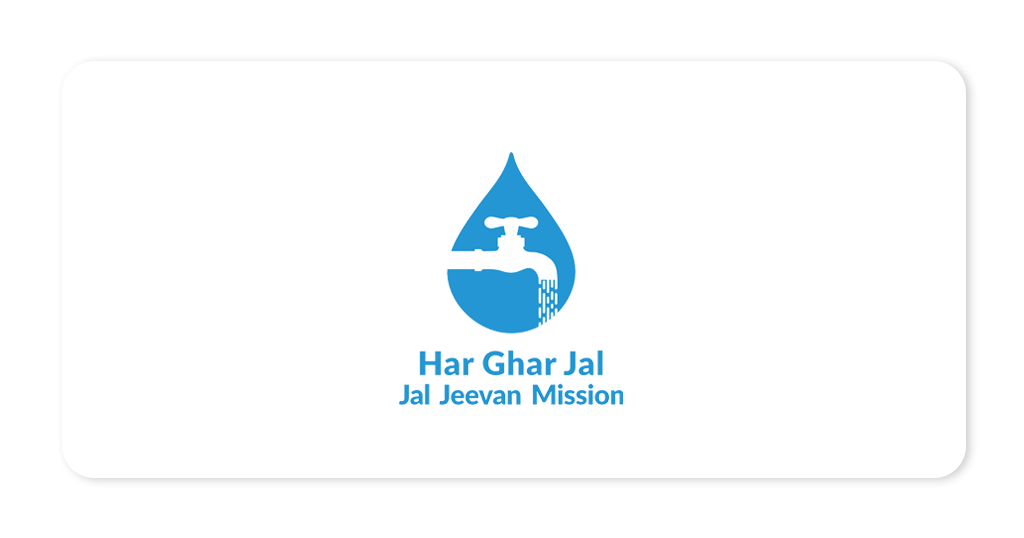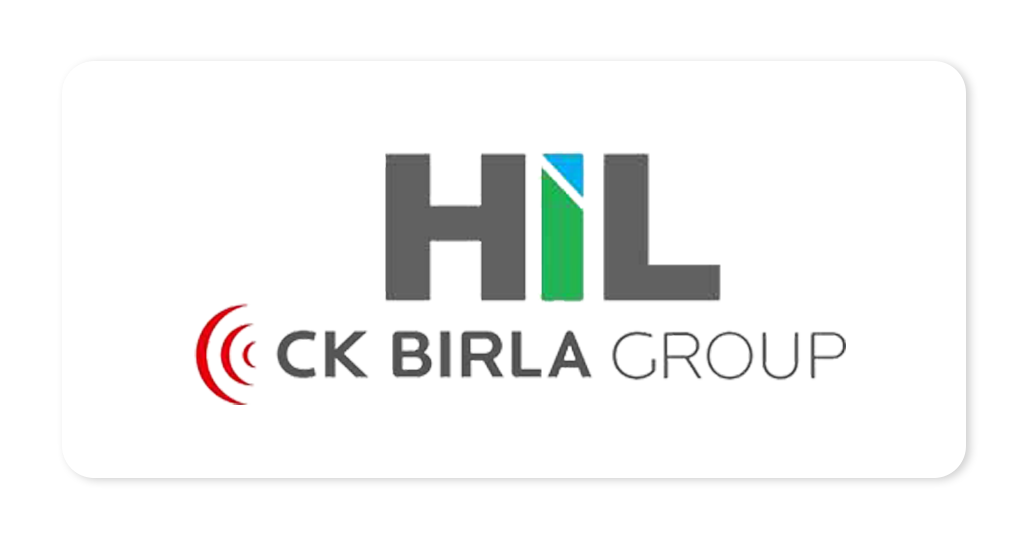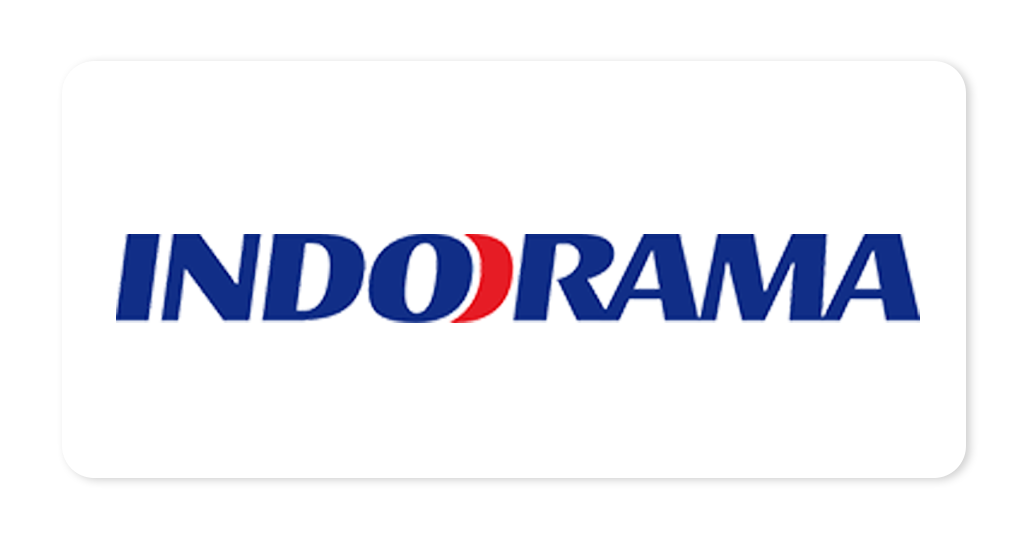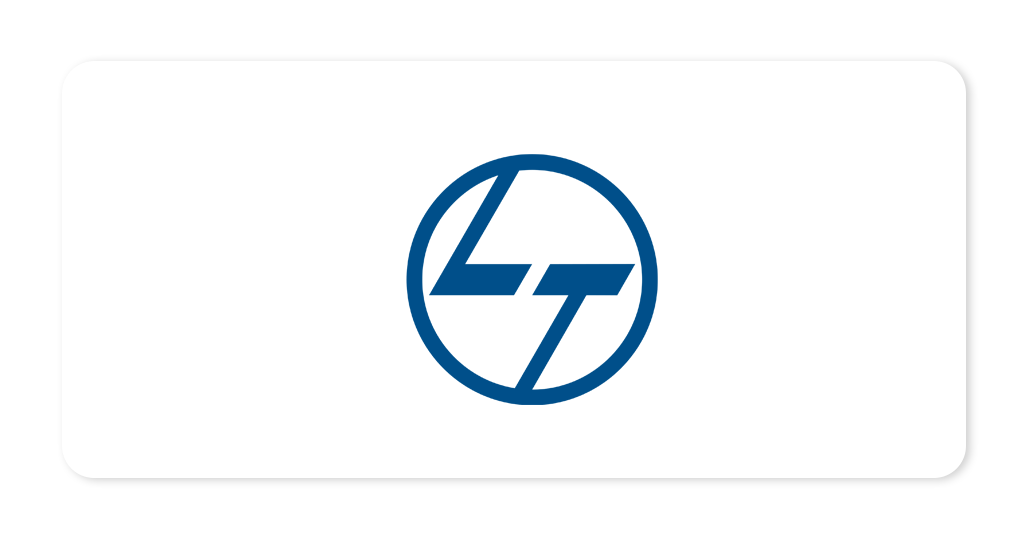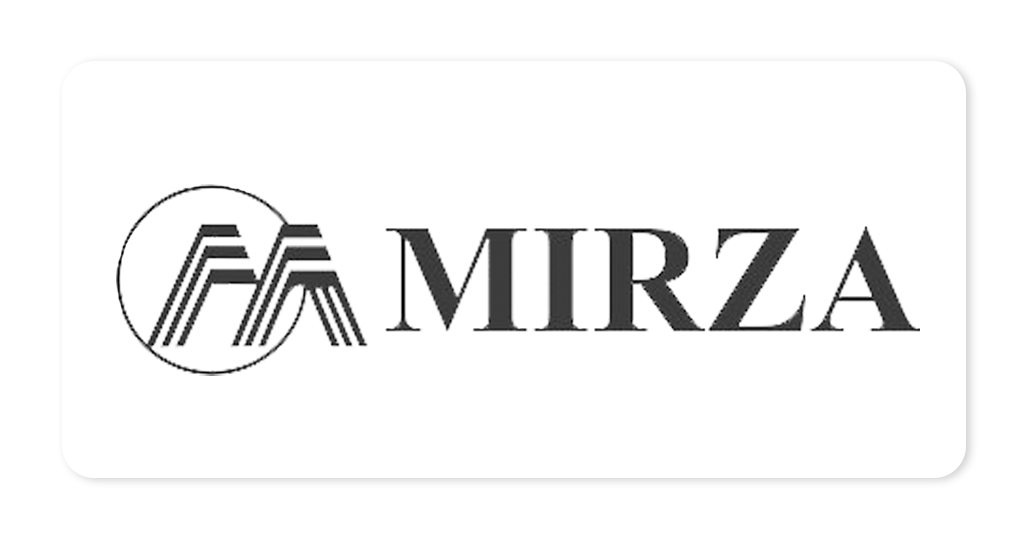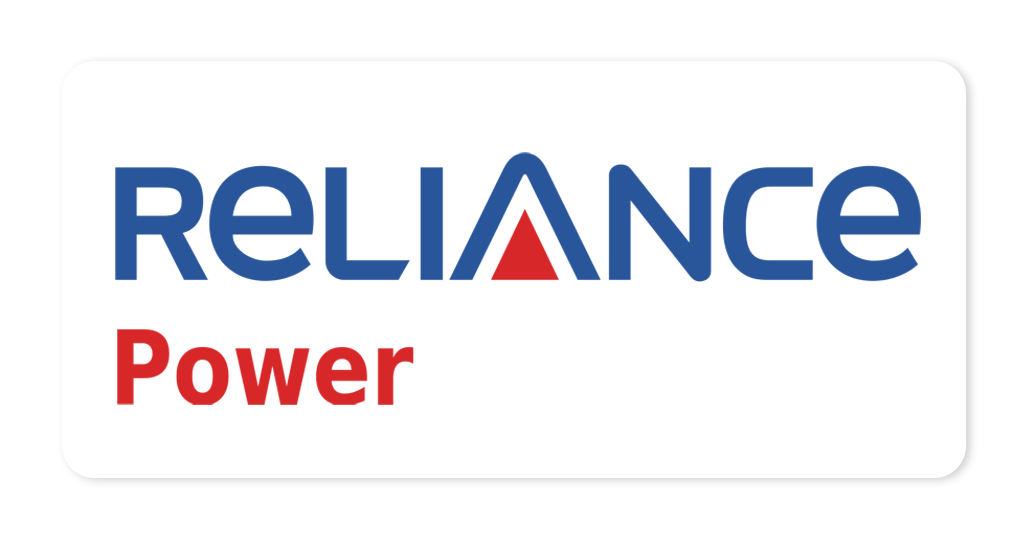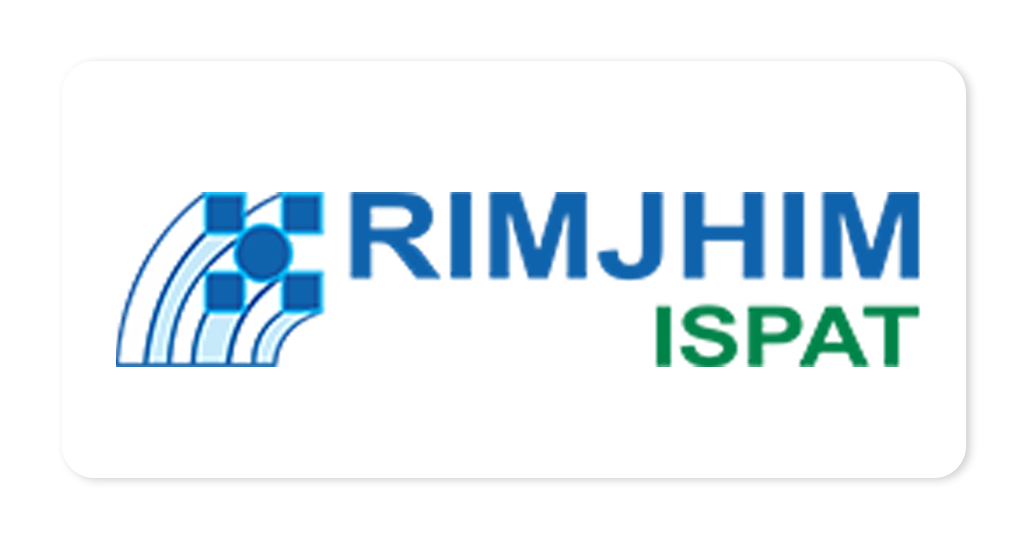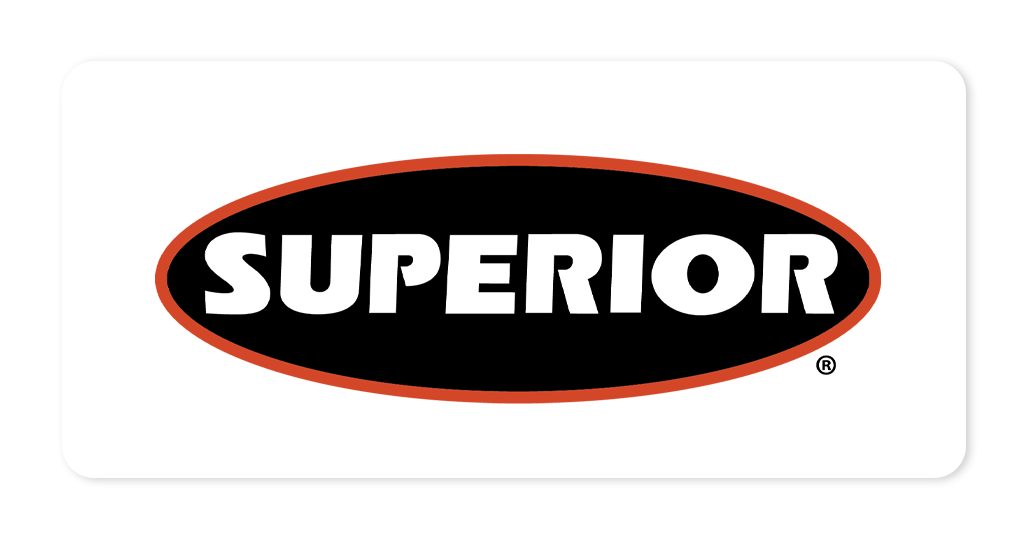06 Sep 2025
Understanding DG Source Noise: A Silent Threat to Our Environment
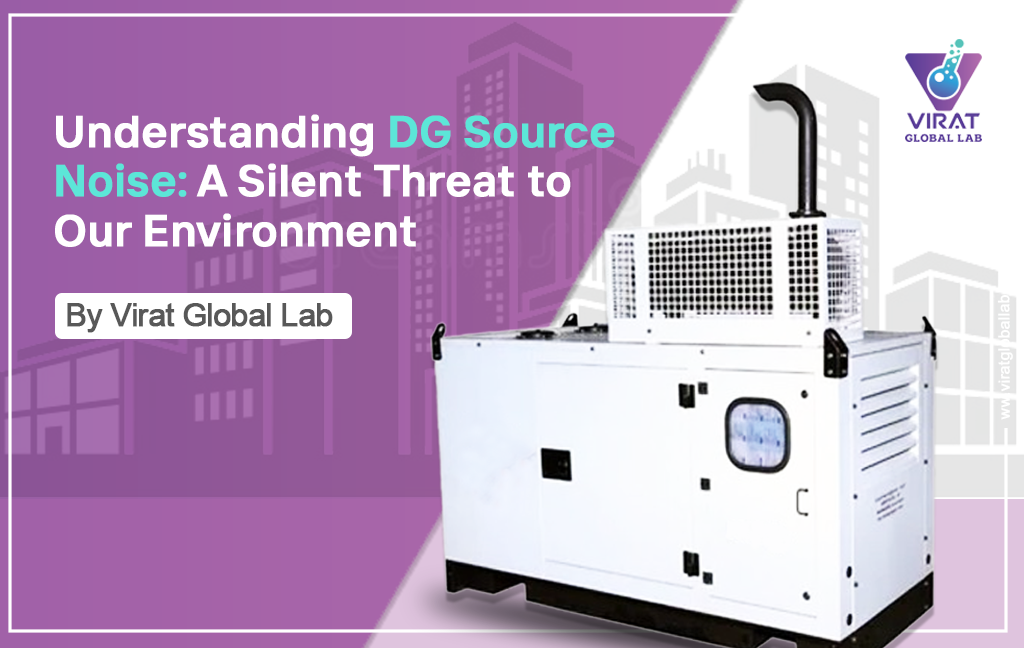
In today’s fast-paced world, uninterrupted power supply is a necessity for industries, institutions, hospitals, offices, and even residential complexes. Diesel Generator (DG) sets have become the most common backup solution in India. While they ensure continuous power, they also bring along a hidden challenge — noise pollution.
What is DG Source Noise?
DG source noise refers to the high-level sound emissions produced by diesel generator sets during operation. The noise is generated from multiple sources within the DG system:
- Engine and Exhaust System – Combustion, vibration, and exhaust gases create continuous, high-frequency sound.
- Mechanical Vibrations – Moving components such as fans, belts, and alternators produce strong vibrations.
- Cooling Systems – Radiator fans and cooling mechanisms add to the overall noise levels.
- Air Intake Systems – Sudden bursts of air intake also create sharp noise levels.
These sounds often combine to produce a loud, irritating noise, especially harmful in dense urban and industrial environments.
Impact of DG Noise Pollution
Unchecked DG noise can have serious consequences:
- Human Health Hazards
- Hearing loss due to prolonged exposure above 90 dB(A).
- Stress, fatigue, and reduced concentration.
- Sleep disturbance and related health issues for nearby residents.
- Environmental Disturbance
- Disruption of natural habitats for birds and animals.
- Contribution to overall urban noise pollution levels.
- Regulatory Non-Compliance
- In India, the Central Pollution Control Board (CPCB) has set strict limits on DG set noise levels (75 dB(A) at 1 meter distance).
- Non-compliance can lead to penalties, operational restrictions, and reputational risks for businesses.
Noise Monitoring
Class 1 Sound Level Meters (SLMs)
- These meters are internationally recognized (IEC 61672 standard) for their highest accuracy.
- They measure sound pressure levels in decibels [dB(A)], accounting for how the human ear perceives sound.
- Many advanced SLMs also provide octave band analysis, helping identify dominant noise sources like exhaust, fan, or engine vibration.
Acoustic Calibrators
- Used before and after each test to ensure that the SLM is measuring correctly.
- Calibration prevents errors that may arise due to temperature, humidity, or instrument drift.
Measurement Protocols
- Distance: Readings are taken at 1 meter away from the DG set, as per CPCB guidelines.
- Height: Usually at the same level as the generator’s acoustic enclosure.
- Free-Field Environment: Measurements are carried out in open surroundings, free from reflecting surfaces (like walls), to avoid distorted results.
- Operating Load: The generator must run at its rated capacity during testing, since load conditions directly affect noise levels.
- Multiple Points: Readings are often taken at different sides of the DG set (front, rear, left, right) and averaged for compliance reporting.
DG Noise Control Measures
To minimize the impact of DG noise, industries and establishments can adopt effective control measures:
- Acoustic Enclosures – Factory-fitted or retrofitted soundproof enclosures reduce noise to permissible levels.
- Proper Siting – Placing DG sets away from residential or sensitive areas helps reduce exposure.
- Vibration Isolation – Anti-vibration pads or mountings prevent noise transfer through building structures.
- Regular Maintenance – Ensures efficient performance and prevents abnormal sound emissions.
- Green Alternatives – Exploring solar, wind, and hybrid solutions to reduce dependency on diesel generators.
Legal Framework in India
The Environment (Protection) Act, 1986 empowers CPCB and SPCBs to regulate DG noise emissions. As per rules:
- All new DG sets must conform to prescribed noise limits.
- Manufacturers must provide acoustic enclosures.
- Users must ensure compliance during installation and operation.
Conclusion
DG source noise may often go unnoticed compared to visible pollution, but its long-term impact is equally harmful. With proper awareness, compliance, and adoption of noise control technologies, we can achieve a balance between reliable power supply and a healthier environment.
At Virat Global Lab (a division of Aseries Envirotek India Private Limited), we specialize in DG noise testing, compliance audits, and providing practical solutions for industries across India. Together, let’s power progress without compromising peace.
Related Post








